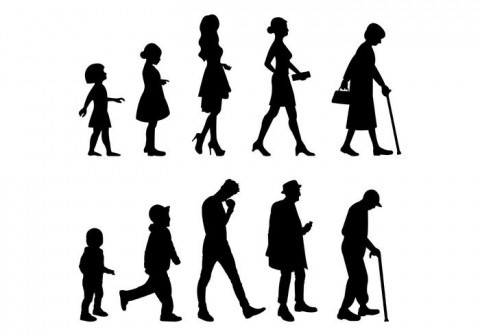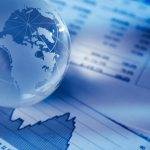We’ve looked at the role of genetic and environmental factors in lifespan evolution. But what does the fitness-based classification system say about lifespan evolution? And how can this system explain the evolution of human life expectancy? Let’s answer these questions to find out. The article aims to provide an overview of the different theories of lifespan evolution. After all, we want to know how humans evolved to live longer than animals. We must also ask ourselves whether our species is an exceptional case, or if our lifespans are a result of natural selection.
Extrinsic mortality
Evolutionary theory does not support the intuitive understanding of extrinsic mortality. Careful models show that mortality does not occur exclusively in a direction and does not occur for the reason posited by Williams’ hypothesis. Indeed, several classic articles have clearly shown that extrinsic mortality does not occur for the reason posited by Williams. Therefore, the evolution of lifespan has little to do with extrinsic çekmeköy escort mortality.
Previously, it was assumed that extrinsic mortality was a fixed constant that is independent of demography. However, recent work has revealed that extrinsic mortality varies significantly among species. For example, in the presence of a harsh environment, an individual’s risk of dying before reproduction increases. Therefore, an individual’s investment in survival and reproduction must be more intensive than in a more benign environment. In contrast, individuals who live in an environment with low extrinsic mortality do not have to invest in reproduction early and may delay reproduction to the end. Nowadays, there are people are also curious to know about lifespan of idiots as well
Environmental factors
While early life conditions are a significant contributor to adult phenotype, environmental factors may also modulate the end-product of these effects. For example, an environmental factor may influence an individual’s reproductive success, whereas its effects on later generations can be mediated by a different set of factors. The effects of early life environments can therefore be both beneficial and detrimental to offspring. Nonetheless, if the environmental factors are sufficiently important, they can help explain life span evolution and the origins of human longevity.
Many studies have been conducted using animal models to understand the effects of environmental conditions on human lifespan evolution. However, a better understanding of the genetics of human longevity will come only from examining the relationship between environment and gene expression.
Genetic factors
The study of common genetic variability has uncovered new associations between two genes and lifespan. These new associations have implications for the relationship between lifestyle and genetic background. It also highlights the important role played by genetic factors, such as chromosome ends. While it may not be possible to change the genome, we can influence the activity of transcription factors, which ultimately impact the physiology of the whole organism. In this article, we explore some of these interactions in more detail.
In particular, the effects of genetics are observed in personality, political views, and television watching. The theory behind the existence of these traits traces back to the early evolution of species. Genetics plays a major role in the development of such traits as mental illness and longevity.
Fitness-based classification system for evolutionary aging theories
An evolutionary aging theory may have evolved to extend the lifespan of a species through selective breeding. In this theory, the age of a species is determined by the degree of fitness associated with various food conditions. The AL gene signature represents an adaptation that favors extended life, while the CR trait is related to an optimized extended homeostasis. This theory explains the evolution of the lifespan and the appropriate response to the energy available.
The longer the lifespan, the faster the rate of reproduction, and the longer the lifespan, the higher the fitness associated with that trait. This theory is not a substitute for research, but a stepping-stone for advancing our understanding of aging.
Effects of senescence on lifespan
The term’senescence’ describes a process in which life spans decrease with age due to a combination of physiological decline and an increase in mortality. It is directly related to key life-history traits, including reproduction, survival, and fitness, and is a puzzle for evolutionary biologists.
Recent evidence suggests that senescence may have played an important role in the evolution of lifespan in long-lived species. Natural selection operates through the differential reproductive success of individuals. However, after a reproductive period, this strategy may no longer be effective. Therefore, the inadvertent consequence of this adaptation is senescence. However, the long-lived species have evolved mechanisms to delay the onset of senescence. Moreover, you may also know stay connected to the facts related blogs to explore such topics.
For more articles keep visiting: Dymo Blog
















